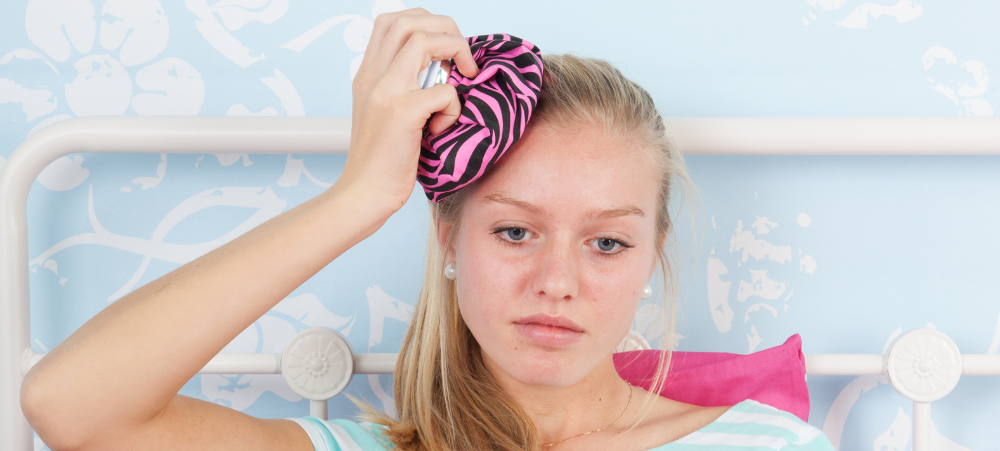Most people know that certain foods, lifestyle issues and exercise, can lead to migraines and headaches but few people realise that the weather can also trigger headaches. Research shows that the change of seasons, climate and environmental factors can all be contributing to your headaches.
Two recent studies, published in the American Journal of Emergency Medicine and in the Journal of Toxicology and Environmental Health respectively, showed that headaches increase with higher temperatures, lower humidity and higher levels of fine particulate air pollution.
In the first study, patients who were admitted to the emergency department of a hospital due to a migraine headache, were monitored in terms of the weather conditions at the time of their admission. A total of 3 491 patients formed part of this study and a statistically significant correlation was found between daily the number of patients and the daily maximum temperatures, mean temperatures, minimum temperatures and daily temperature changes. The study also found that more patients presented with headaches and migraines when the humidity was low.
The second study was undertaken to determine whether there was an association between fine particle matter in the air and daily outpatient numbers being treated for headaches in Taipei in Taiwan. Data was obtained for a five year period. It was found that the higher the presence of fine particulate air pollution, the greater the number of patients with headaches and migraines.
Dr Elliot Shevel, South Africa’s pioneer in the field of migraine surgery and the Medical Director of The Headache Clinic, says that weather-related phenomena can trigger headaches.
“The change of seasons, rain, lightning, thunder and even barometric pressure, can be triggers for headaches and migraines. Every person has different triggers, but the key is to identify your specific anatomic cause for headaches and migraines, not just the trigger,” says Shevel.
Why do the seasons impact headaches?
Exposure to light is a well-known trigger of headaches. The change of seasons works in a similar way. “Migraine sufferers worldwide have long reported that bright sunlight triggers their migraines. Some researchers believe that some of the body’s senses are super-sensitive in migraine sufferers, particularly with regards to vision. The brighter sunlight in summer or snow glare can thus result in migraines for some sufferers,” says Shevel.
How can weather pattern changes and storms affect headaches?
In a 2007 study in Cephalalgia, over 1200 patients diagnosed with migraines were examined. Weather was identified as the fourth most frequent trigger of migraines, occurring in approximately 50 percent of patients, says Shevel. “Lightning strikes and strong winds can also be triggers of migraines.”
Get a proper diagnosis
According to Shevel, a headache diary can be very helpful in order to identify the cycles and triggers for your migraines and headaches. It’s important to identify and avoid the relevant trigger(s)to reduce the occurrence of migraine, but seeking help to determine the underlying physical cause of the pain will allow sufferers to experience triggers without developing a migraine. At The Headache Clinic, a multidisciplinary team is involved in the diagnosis and treatment of the headaches and migraines.
He has been instrumental in advancing classification, diagnosis and most importantly treatment of the underlying causes of migraine, cluster, hemiplegic migraine, tension-type, and many other kinds of primary headache.
- Children’s Nightmares and Snoring Can Lead to Headaches - April 14, 2022
- Pregnancy and Migraine - February 26, 2019
- Understanding Migraine Triggers - February 21, 2019





